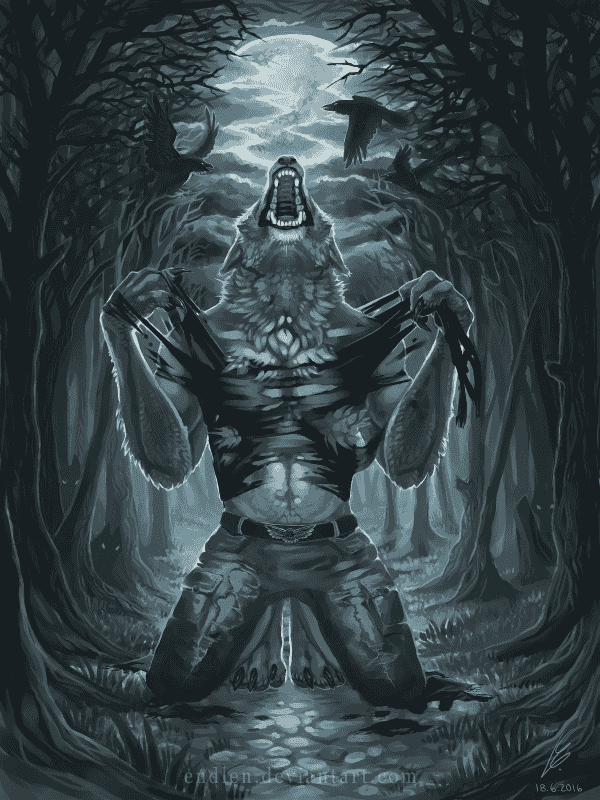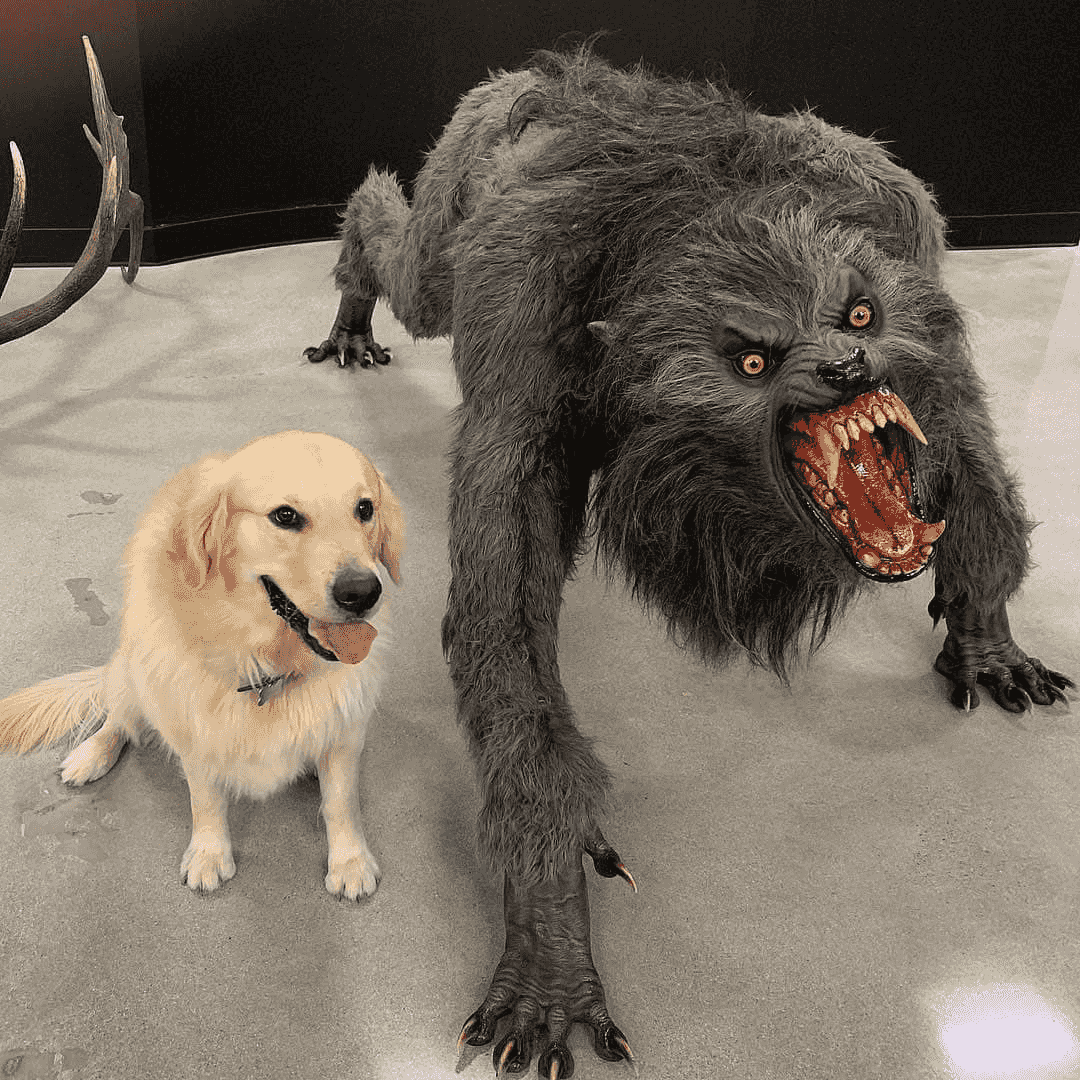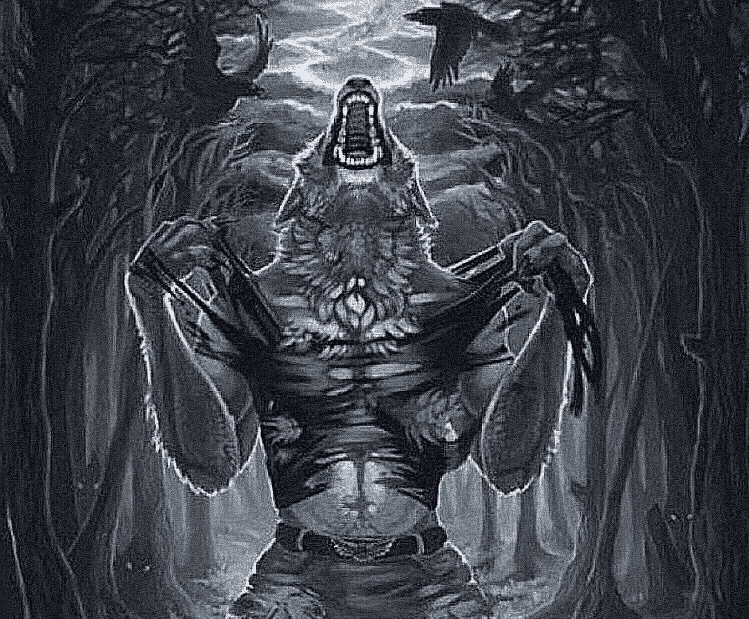What is Werewolf
Create Your Own Werewolf Meme Werewolf
WerewolfWerewolf
A Werewolf image typically captures the dramatic transformation of a human into a fearsome, bipedal wolf-like creature, often highlighted by a full moon. These depictions evoke a primal sense of terror and raw power, showcasing sharp claws, glowing eyes, and a snarling maw, symbolizing a loss of humanity and the unleashing of wild instincts.
🤨 Meaning
A Werewolf, also known as a lycanthrope, is a mythical or folkloric human with the ability to shapeshift into a wolf or a hybrid wolf-human creature. This transformation is often involuntary, triggered by a full moon, or can be voluntary through magical means. Werewolves are commonly associated with supernatural horror, primal instincts, and the duality of human nature.
📖 Origin
The legend of the Werewolf has deep roots stretching back to ancient times, with tales of humans transforming into wolves appearing in various cultures. One of the earliest known accounts is from Greek mythology, involving King Lycaon, who was transformed into a wolf by Zeus as punishment for his impiety. Medieval European folklore further popularized the concept, often linking lycanthropy to witchcraft, curses, or divine retribution. These stories evolved through centuries, influencing literature and popular culture, solidifying the Werewolf's place as a prominent figure in supernatural narratives.
🎙️ Usage
Werewolves are incredibly versatile figures in storytelling and cultural expression, suitable for scenarios that delve into horror, fantasy, transformation, or the darker aspects of human nature.
- Horror Entertainment: They are a staple in horror films, novels, and games, providing jump scares, gore, and psychological tension through their monstrous forms and uncontrolled savagery. Examples include classic films like 'The Wolf Man' and modern interpretations such as 'An American Werewolf in London.'
- Fantasy Narratives: In fantasy literature and media, werewolves often appear as complex characters, sometimes protagonists or anti-heroes, exploring themes of belonging, control, and the struggle between human and beastly impulses, as seen in series like 'Harry Potter' or 'Twilight.'
- Gaming: They feature prominently in tabletop role-playing games (e.g., 'Dungeons & Dragons,' 'Werewolf: The Apocalypse') and video games (e.g., 'Skyrim,' 'The Witcher 3'), offering players unique abilities and challenging encounters.
- Costumes and Cosplay: Werewolf costumes are popular choices for Halloween and costume parties, allowing individuals to embody the powerful and terrifying aspects of the creature.
- Symbolism and Art: Beyond entertainment, werewolves are used symbolically in art and literature to represent hidden desires, primal urges, societal fears, or the transformative power of nature.
🖼️ Related Images










